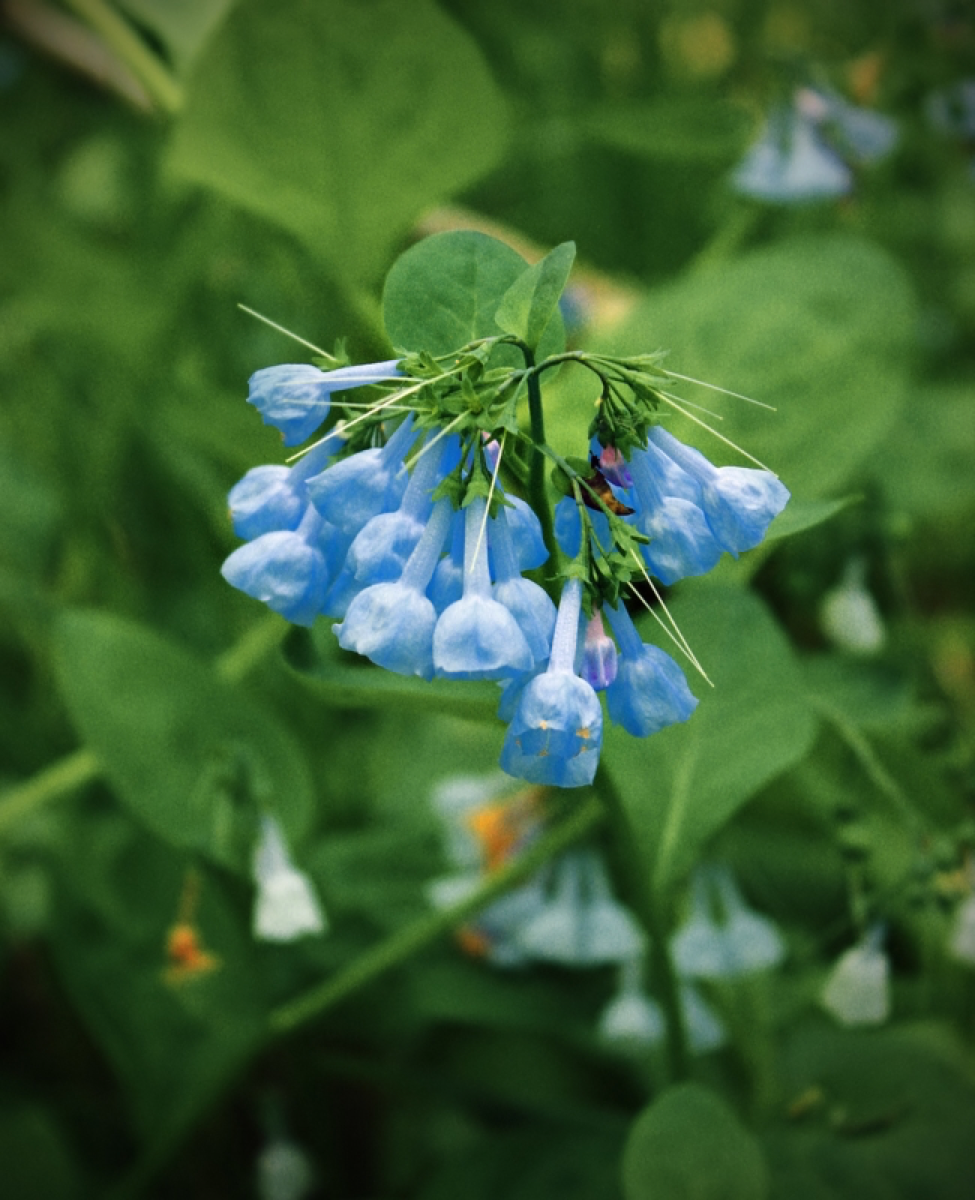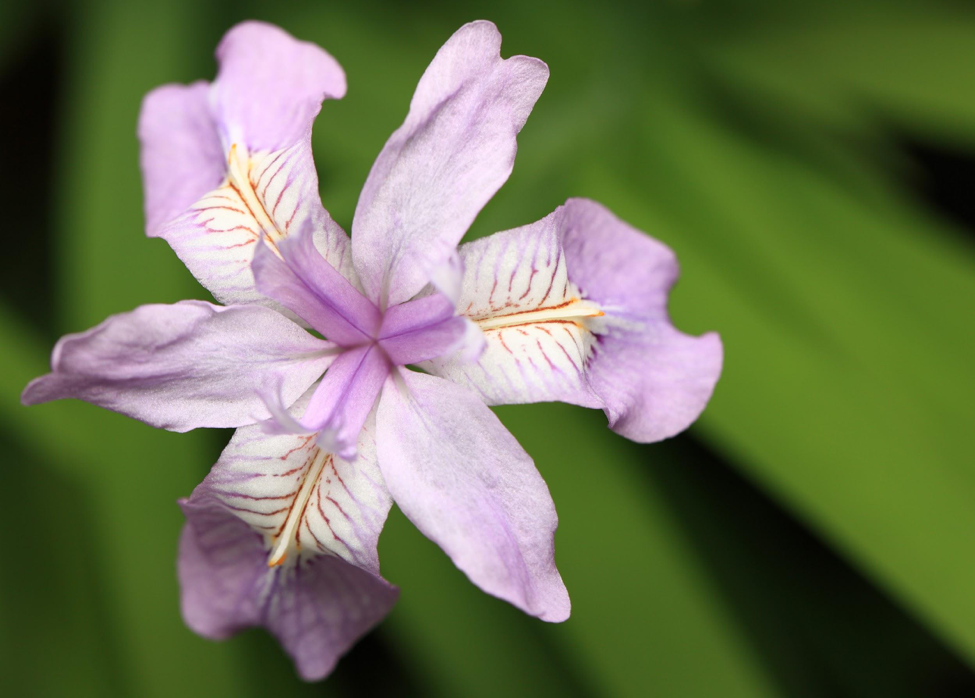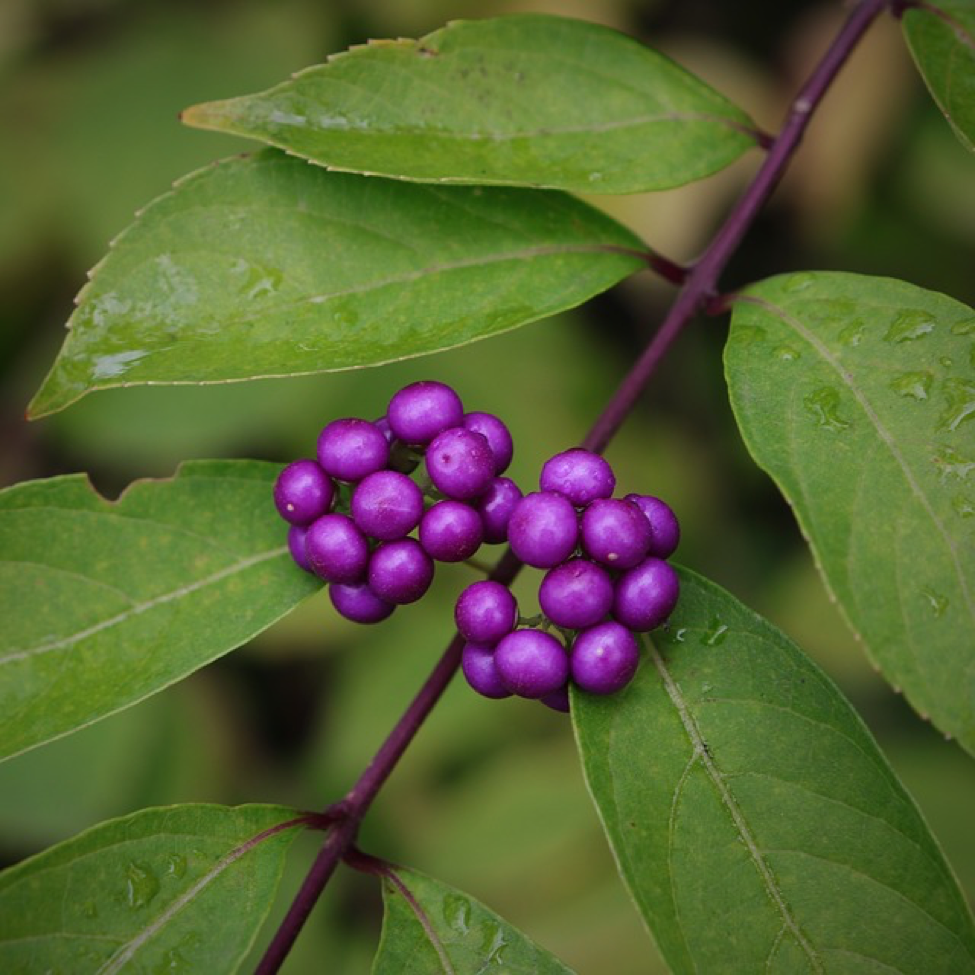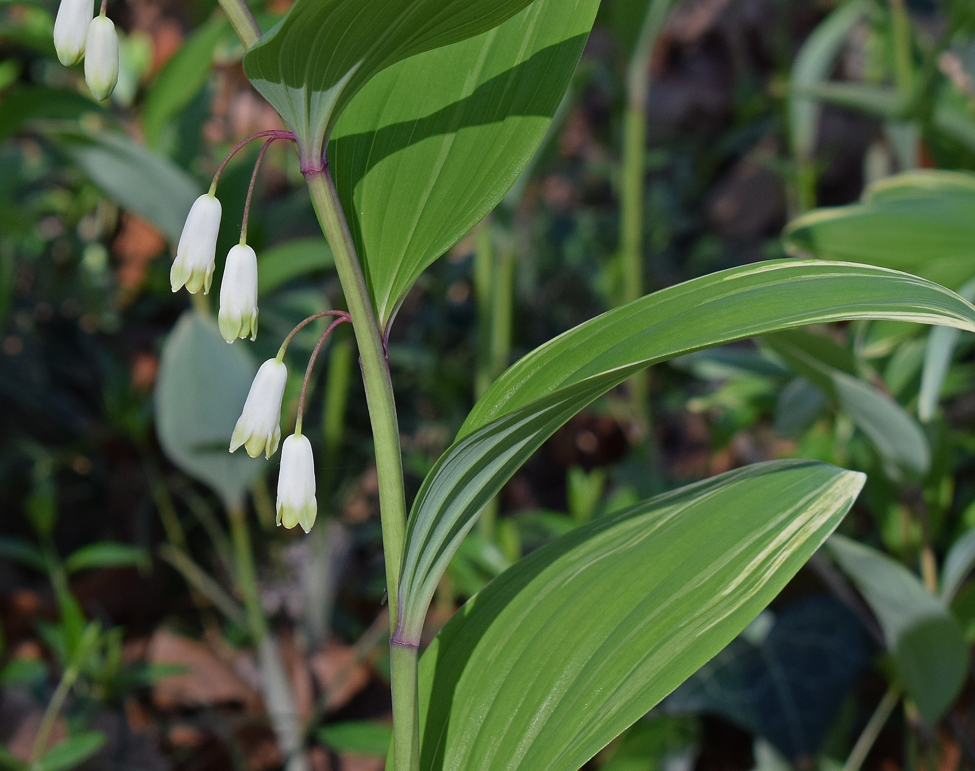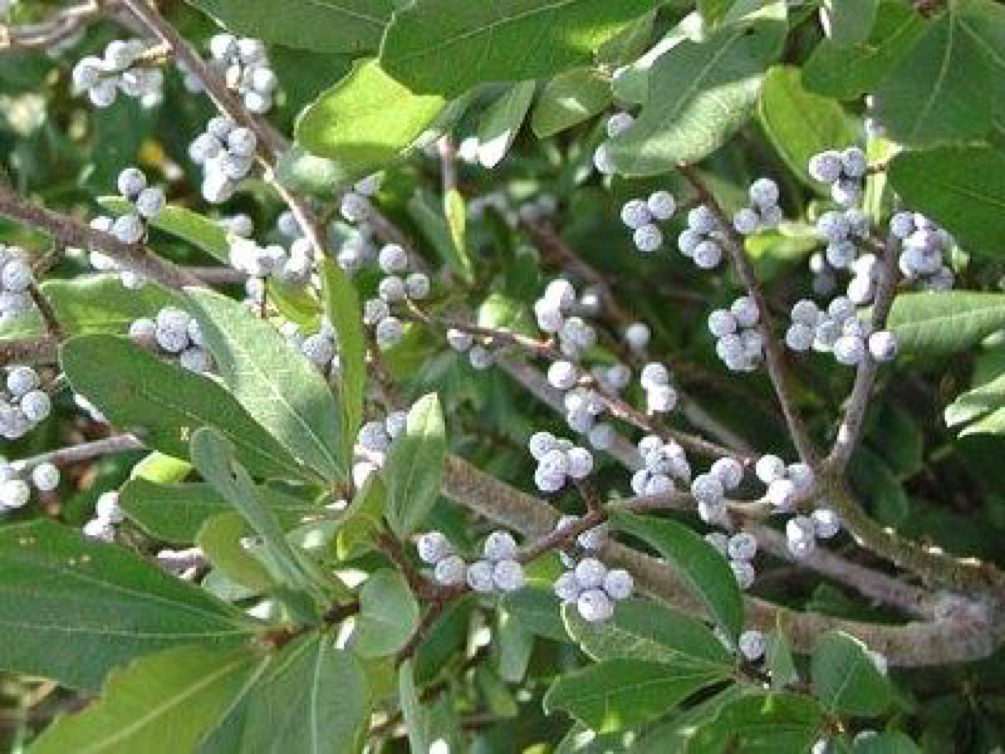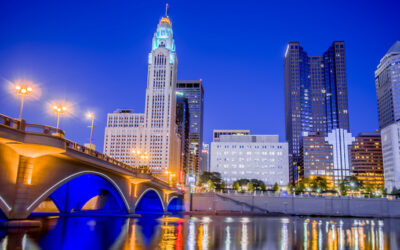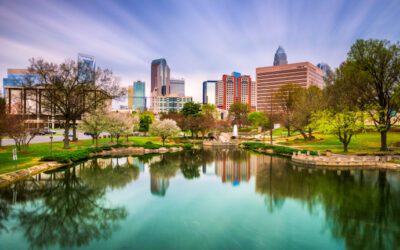Virginia is a unique state, and Virginia Beach is no exception. Here, we enjoy moderate temperatures throughout much of the year, as well as a coastal breeze that makes growing plants an absolute delight.
To make the most of your flexible growing season and mild conditions, be sure to consider these native plants when you move to your new place in Virginia Beach.
1. Bluebells
Scientific name: Mertensia virginica
Sunlight: Full to partial shade
Moisture: Moist
Bloom time: March to April
Height: 1-2 feet
Width:1-1.5 feet
Attracts: Butterflies and moths
Bluebells can be a bit more challenging to care for, in that it requires moist, fertile soils. However, it is well worth the effort. This flower, which is native to forests and river floodplains, produces tall, clumpy flowers that are first pink and then turn blue. The plant is perennial and goes dormant during the fall and winter months. It has no serious pests or insect problems and can be overplanted with other annuals or perennials to improve the appearance of the landscape as the bluebells go dormant.
2. Dwarf crested iris
Scientific name: Iris cristata
Sunlight: Full sun to partial shade
Moisture: Dry
Bloom time: April
Height: 3-6 inches
Width: 3-12 inches
Attracts: Bees, hummingbirds, and butterflies
This herbaceous perennial is resistant to deer and drought alike. It provides a showstopping ground-cover that rides low and spreads quickly. Flowers sit on short-stems, making them appear almost stemless. In fact, the plant was named after the Greek goddess of the rainbow, as it produces such vibrant colors in the spring. It can be used as a groundcover or an edge species and works especially well in wooded areas.
3. Beautyberry
Scientific name: Callicarpa americana
Sunlight: Full sun to partial shade
Moisture: Moist
Bloom time: June to August
Height: 3-6 feet
Width: 4-6 feet
Appearance: bright purple fruit
Attracts: Butterflies and birds
This deciduous shrub produces small, lavender flowers throughout much of the summer, but the real game changer of this plant is its bright purple berries. It grows well in a variety of soils and fruits when planted in full sun. It requires minimal care once it has established roots, and can be prograted either by cuttings or from seed. It is an open shrub that provides variety to your landscaping, working well as a shrub border or when massed in large landscaping schemes.
4. Solomon’s Seal
Scientific name: Polygonatum odoratum var. pluriflorum
Sunlight: Partial to full shade
Moisture: Wet
Bloom time: April to May
Height: 2-3 feet
Width: 0.5-1 feet
Attracts: Bees and butterflies
Although this lovely herbaceous perennial prefers partial shade and wet conditions, it is a hardy species, thriving under the most challenging of growing conditions. It tolerates erosion, heavy shade, drought, and even sodden soils, making it a great choice for a rain garden or in sun-spattered beds.
It doesn’t grow well during hot summers, the moderate climates, and regular breezes of Virginia Beach help this plant stay healthy during the warmer temperatures. It produces fragrant flowers and pendulous berries, with leaves that are suggested by some to have wound-healing properties. Perfect for woodland gardens or in shady areas of rock gardens or borers.
5. Wax myrtle
Scientific name: Morella cerifera
Sunlight: Full sun to partial shade
Moisture: Moist
Bloom time: February to March
Height: 6-12 feet
Width: 8-10 feet
Attracts: Birds and butterflies
This coastal shrub is most commonly found in woodlands or along the edges of swamps. It thrives during wet conditions, and produces fragrant leaves and berries. Along with serving as an attractive landscaping plant, it also offers household applications.The leaves of this plant are often used as a seasoning, while the berries can be used to create candles and sweet-smelling soaps.
This plant also helps to fix atmospheric and soil nitrogen, making it a good choice for poor soils. Although birds are attracted to the fragrant, sweet fruits of this plant during the fall and winter, this can be beneficial, as it helps to spread the seeds of the plant and increase its prevalence in the area.
For more information about native plants, gardening, and lawn care in the Virginia Beach area, visit LawnStarter VA Beach.
